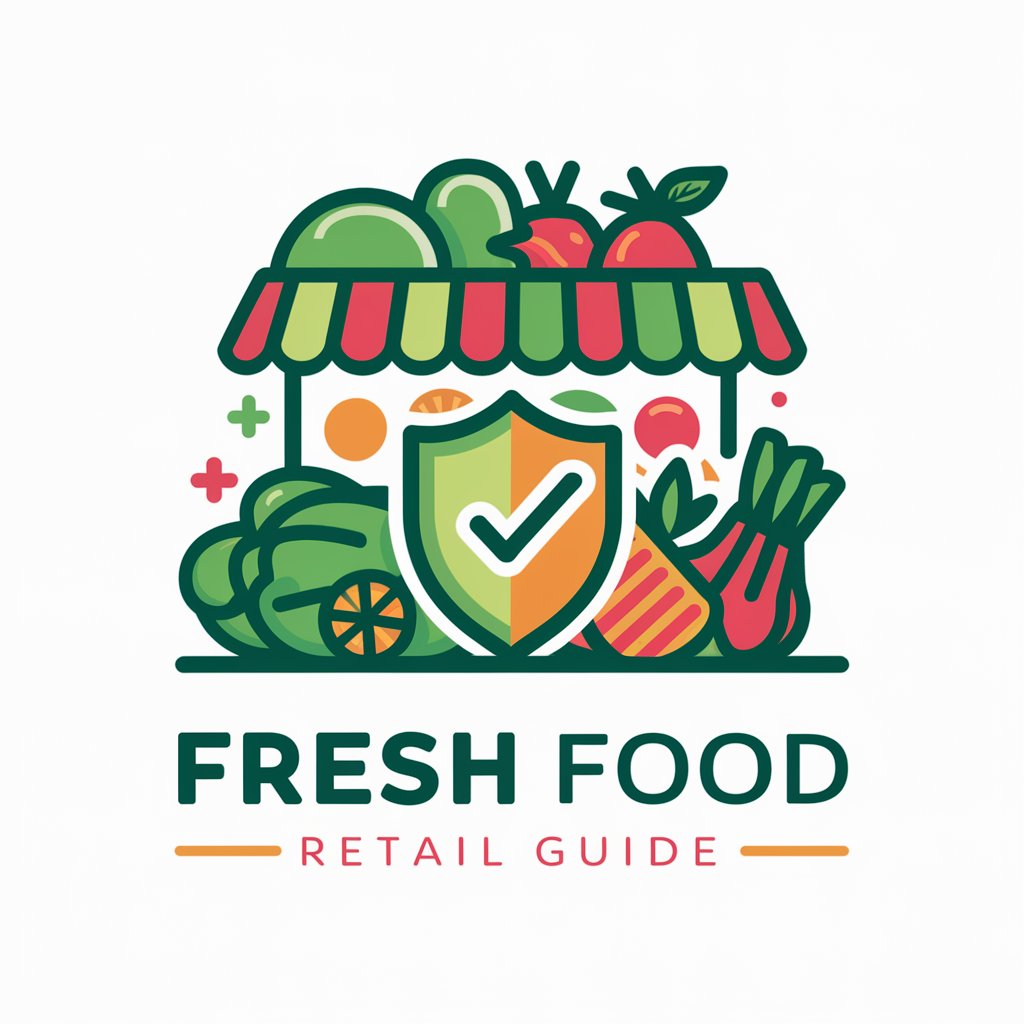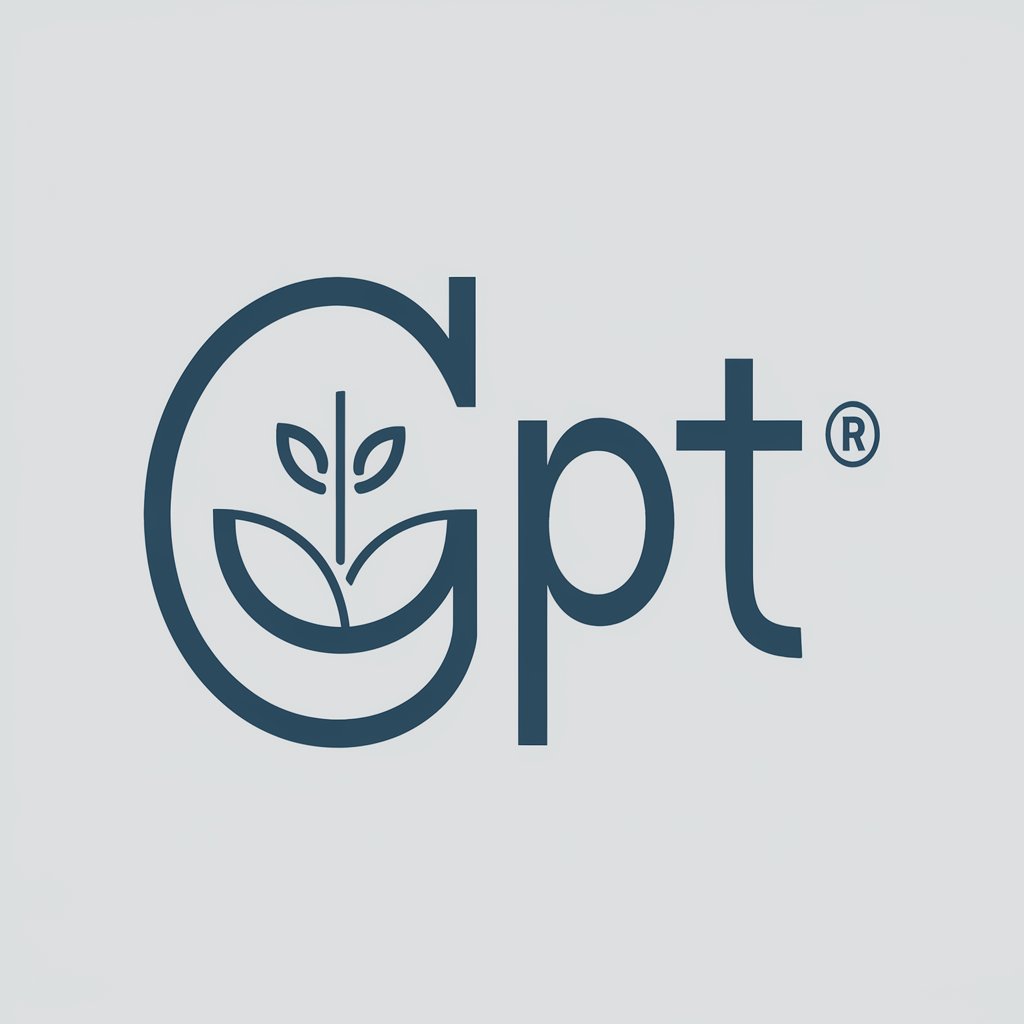生鮮食料品販売ガイド - Easy Access Food Guide

Welcome to your fresh food retail expert.
Navigate fresh food safety and quality with AI
How to identify high-quality fresh produce
Tips for safe handling of allergenic foods
Best practices for fresh food labeling
Understanding food allergy risks and safety measures
Get Embed Code
Introduction to Fresh Food Retail Guide
The Fresh Food Retail Guide (生鮮食料品販売ガイド) is an expert system designed to enhance the retail and consumer experience in the fresh food sector. Its primary focus is on providing detailed information about food products, especially in relation to allergens, food quality, and safety standards. By emphasizing the importance of clear and accurate labeling of fresh foods, this guide aims to ensure consumer safety and well-being. For example, it offers detailed insights into the standards for labeling agricultural, livestock, and seafood products, highlighting the need for displaying critical information such as the product name, origin, whether it's farmed or wild-caught, and whether it has been previously frozen. Powered by ChatGPT-4o。

Main Functions of Fresh Food Retail Guide
Quality Standards Compliance
Example
Ensuring rice and rice products are correctly labeled with the origin of the rice, type, and milling date.
Scenario
A retailer uses the guide to determine the correct labeling for bagged rice, ensuring compliance with fresh food quality standards.
Allergen Identification and Communication
Example
Advising on the need for clear labeling of potential allergens in unpackaged seafood and mixed produce.
Scenario
A supermarket staff member consults the guide to improve signage around loose seafood items, indicating 'farmed' or 'previously frozen' status to alert consumers with specific dietary needs.
Origin and Production Method Disclosure
Example
Guidance on disclosing the origin of mixed agricultural products and methods of production like organic or conventional.
Scenario
A direct-to-consumer farm stand references the guide to accurately label mixed vegetable baskets, including specific origins and cultivation methods.
Ideal Users of Fresh Food Retail Guide Services
Retailers and Supermarkets
Businesses involved in the sale of fresh food benefit from using the guide to ensure their labeling meets legal standards, thus maintaining customer trust and compliance.
Producers and Farmers
Agricultural and aquaculture producers can use the guide to understand how to label their products for direct sale or retail distribution, ensuring transparency and quality assurance.
Consumer Advocacy Groups
Organizations focused on consumer rights and health can utilize the guide to advocate for clearer, more informative labeling practices in the fresh food industry.

How to Use Fresh Food Retail Guide
Step 1
Visit yeschat.ai for a complimentary trial, accessible immediately without the need for logging in or subscribing to ChatGPT Plus.
Step 2
Identify the fresh food item you're interested in. This could be any produce, meat, or seafood item that you wish to learn more about or seek guidance on.
Step 3
Use the search feature or navigate through the categories to find specific information about food safety, handling, and allergy advice related to your chosen item.
Step 4
For detailed queries, directly ask the guide using concise questions. Include specifics like food types, concerns about allergies, or how to best store and prepare fresh food.
Step 5
Utilize the provided information to make informed decisions about purchasing, storing, and preparing fresh foods safely, especially when considering allergies and nutritional value.
Try other advanced and practical GPTs
給料に基づく生計プランニングGPT
Automate Your Budget, Maximize Your Savings

量化大师
Empowering Your Trades with AI

GPT孵化器
Empowering Innovation with AI

文化向导
Master Chinese Culture with AI

口述转化
Empowering Communication with AI

马化腾
Empowering communication with AI

無痛 AI 編輯部|新聞生成器
Transforming news creation with AI.

無限になろう小説を生成
Unleash your imagination with AI

Image Creator
Empower Your Vision with AI-Crafted Images

image creator
Craft Visuals with AI Magic

Uniqueness Image Creator
Craft Unparalleled Images with AI

Image Creator
Bringing Your Visual Ideas to Life

Fresh Food Retail Guide Q&A
How can the Fresh Food Retail Guide help me identify potential allergens in seafood?
The guide offers detailed descriptions of common allergens found in various types of seafood, along with safe handling and preparation tips to minimize allergic reactions.
What information does the guide provide for ensuring the freshness of produce?
It includes indicators of freshness for a wide range of fruits and vegetables, storage recommendations, and tips on spotting signs of spoilage.
Can the guide advise on the best ways to store meat to extend its shelf life?
Yes, it provides storage guidelines, including optimal temperatures and packaging methods, to preserve the quality and safety of different types of meat.
Does the guide offer nutritional information about fresh foods?
While it focuses on safety and quality, it may reference general nutritional aspects of fresh foods, emphasizing the importance of a balanced diet.
How does the guide address food labeling and origin?
It explains how to interpret food labels regarding origin, production methods (e.g., organic, free-range), and any mandatory allergen labeling, helping consumers make informed choices.
